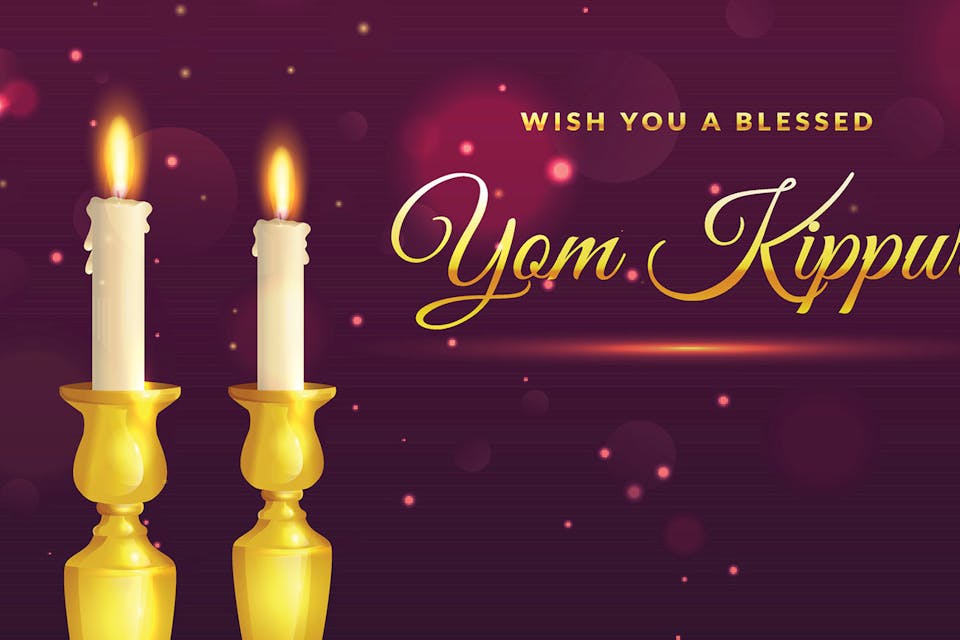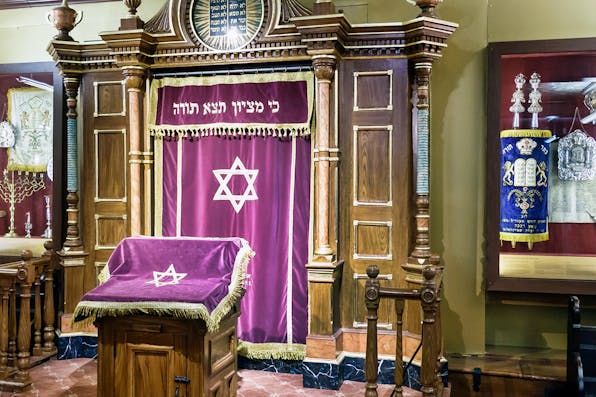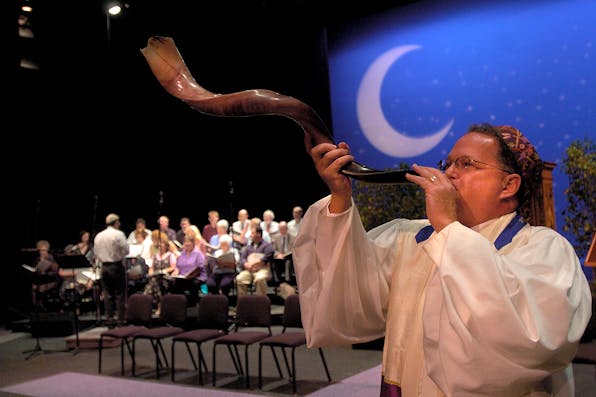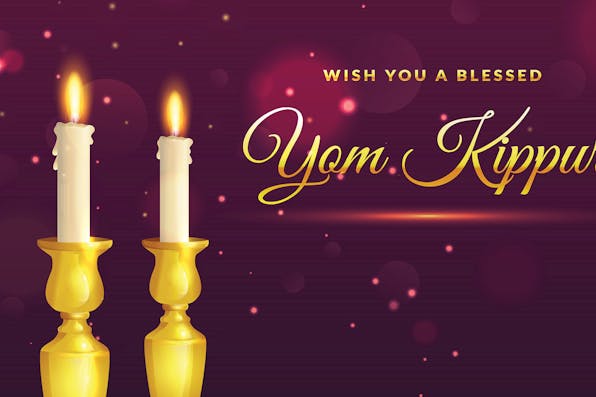
September 26, 2018
The Price of Modernizing the High Holy Days
Synagogues may no longer be stuffy and hidebound, but contemporary changes utterly transform for the worse the powerful experience of the Days of Awe.
Jack Wertheimer’s essay, “The New High Holy Days,” offers a scrupulously fair-minded survey—and a sharp critique—of the way many American Jews now celebrate the High Holy Days. I come from outside Judaism (I was raised a fundamentalist Christian), but the challenges outlined by Wertheimer, although specific to Judaism, have also arisen in many Protestant denominations and in the Catholic Church. In his descriptions of Jews who attend services only during the High Holy Days, I immediately recalled the “C&E Christians” of my youth: Christians who showed up at a church only on Christmas or Easter, at whom regular churchgoers often looked askance.
I’ve also attended many High Holy Day services over the years and been the beneficiary of the welcoming-the-Gentile attitude that Wertheimer describes as flourishing in many synagogues. In other words: I bring an outsider’s perspective to a tradition that has often made me feel welcome inside of it.
What strikes me most powerfully about Wertheimer and the rabbis he’s interviewed for his essay is that they approach the question of faith traditions from two different angles; as a result, they are often immersed in two discrepant conversations. Many of the rabbis are asking: how do we remain relevant and keep congregants coming to worship, ideally on more than three days a year? Wertheimer engages a slightly different question: should the quest for relevance (and numbers) take priority over tradition, and how might that affect the very purpose of synagogues?
Responses to September ’s Essay

September 2018
What’s Wrong with Nostalgia for Judaism’s “Millennia-Long Tradition”
By Lawrence A. Hoffman
September 2018
Jack Wertheimer’s Critique of American Synagogues is On-Target—and Woefully Off
By Elliot Cosgrove
September 2018
The Price of Modernizing the High Holy Days
By Christine Rosen
September 2018
American Jews: Doomed to a Thin Culture with No Future?
By Jack Wertheimer